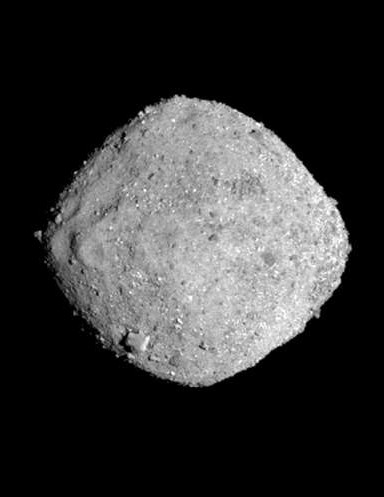NASA to fire at passing asteroid
 Next year, NASA will crash a spacecraft into an asteroid to test ideas for planetary defence.
Next year, NASA will crash a spacecraft into an asteroid to test ideas for planetary defence.
NASA has provided details of its upcoming Double Asteroid Redirection Test (DART) mission.
The US$330 million scheme involves crashing a spacecraft traveling at a speed of 24,000 kph into an asteroid to determine whether this is an effective way to deflect its course.
“Although there isn't a currently known asteroid that's on an impact course with the Earth, we do know that there is a large population of near-Earth asteroids out there,” says Lindley Johnson, NASA's Planetary Defense Officer.
“The key to planetary defence is finding them well before they are an impact threat.
“We don't want to be in a situation where an asteroid is headed towards Earth and then have to test this capability.”
The DART spacecraft should launch aboard a SpaceX Falcon 9 rocket at 10:20 pm Pacific time on November 23 from Vandenberg Space Force Base in California.
If the launch is successful, impact with the asteroid should occur between September 26 and October 1 of next year, somewhere around 11 million kilometres from Earth.
The target asteroid is called ‘Dimorphos’ (meaning ‘two forms’ in Greek), is about 160 metres in diameter. It orbits a larger asteroid named ‘Didymos’ (‘twin’ in Greek). Dimorphos completes an orbit around Didymos very consistently, every 11 hours and 55 minutes.
Neither of these asteroids pose a threat to Earth but they can be monitored with ground-based telescopes, making them ideal candidates for the test.
The DART spacecraft will eject a miniature camera-equipped satellite about 10 days before impact, which should be able to collect images of the event.
The DART spacecraft will weigh around 550kg at the time of impact, but it will not destroy the asteroid, “it's just going to give it a small nudge”, according to Nancy Chabot of the Johns Hopkins Applied Physics Laboratory, which built the DART spacecraft.
“It's going to deflect its path around the larger asteroid,” she said.
“It's only going to be a change of about one percent in that orbital period… so what was 11 hours and 55 minutes before might be like 11 hours and 45 minutes.”
Scientists hope the test will show how much momentum is needed to deflect an asteroid in the event one heads towards Earth some day.
More details are accessible here.







 Print
Print